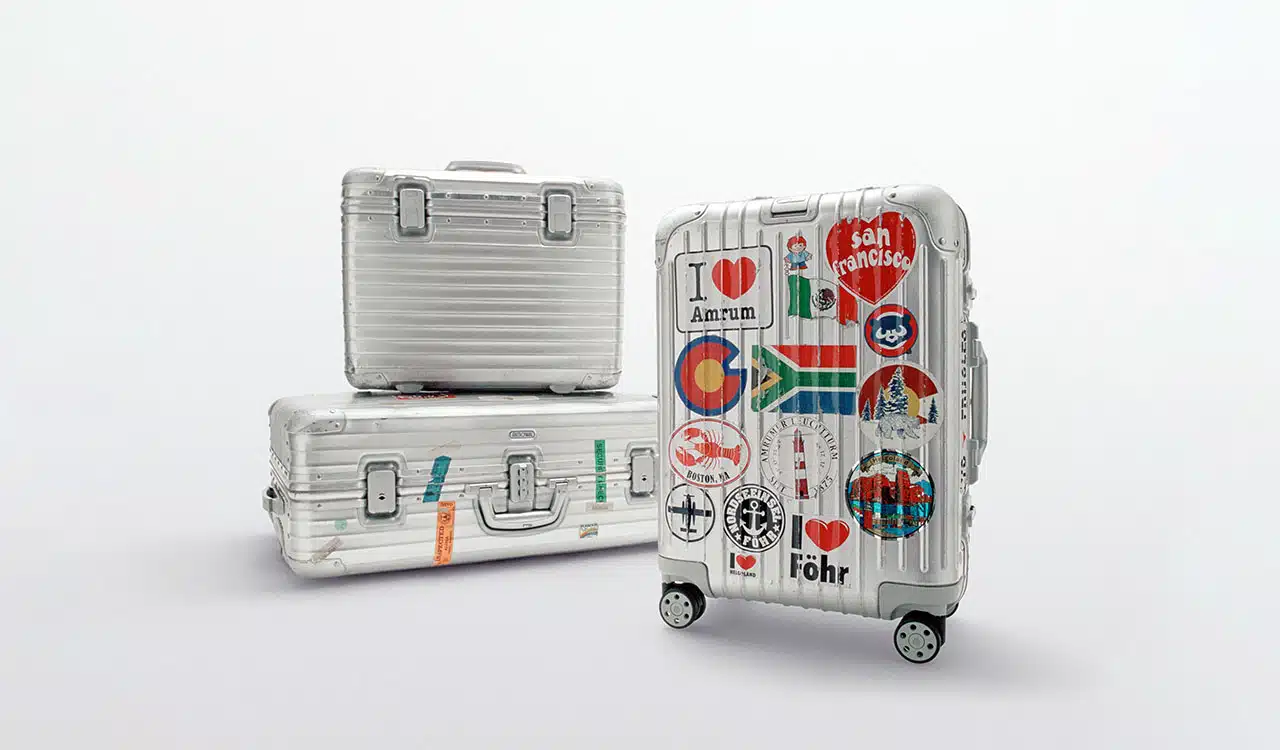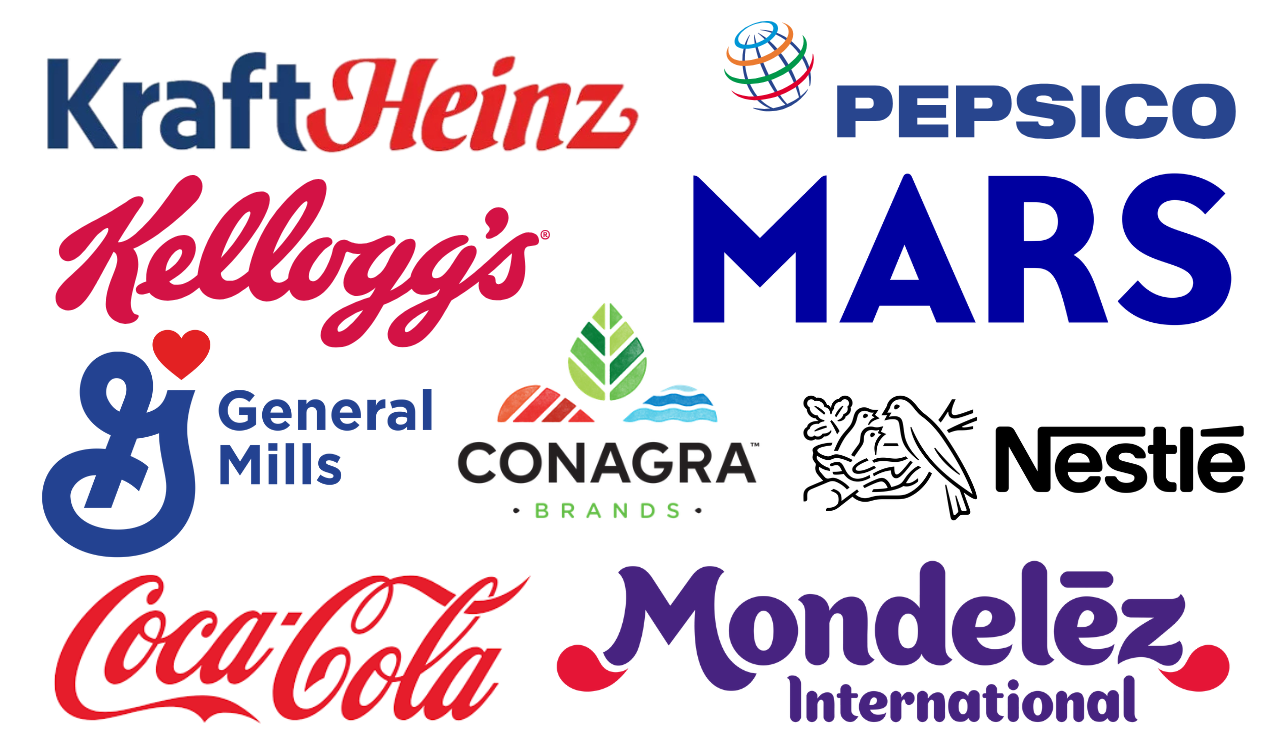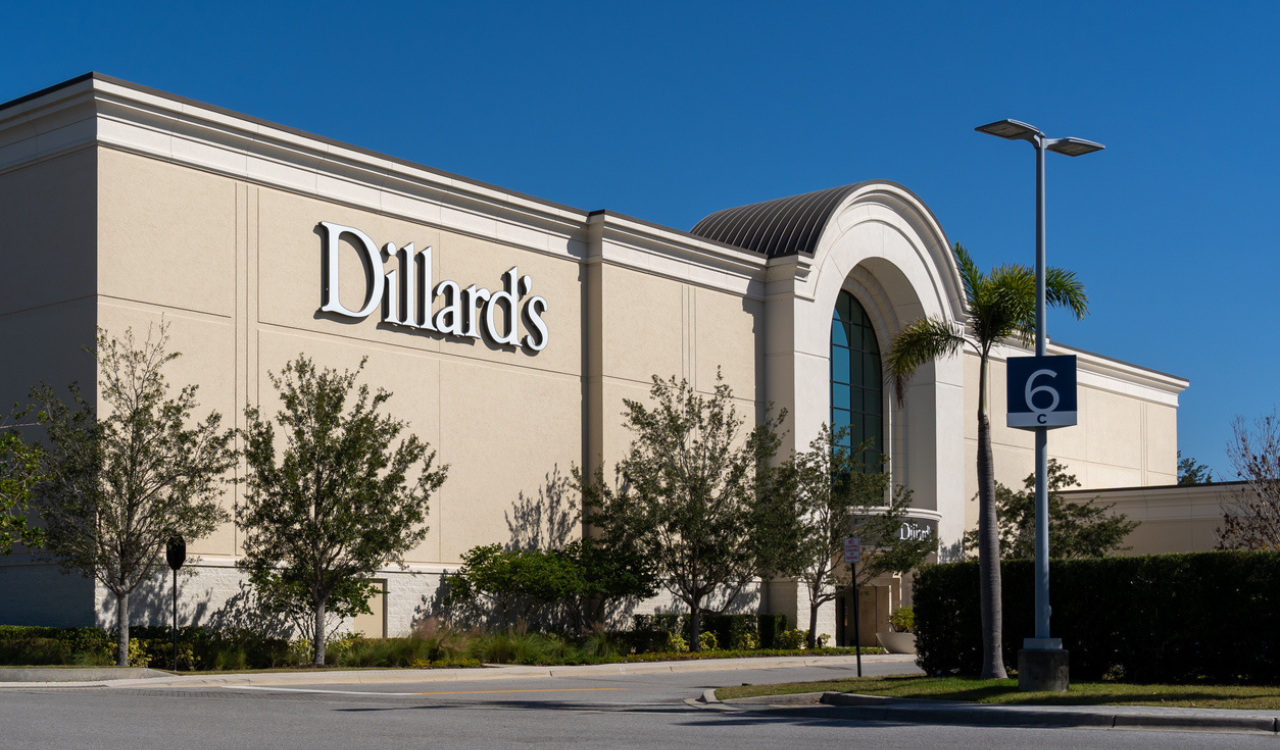Upcycling is in fashion. Rimowa recently introduced its Re-Crafted service in the U.S., offering to buy their expensive, used aluminum suitcases, refurbish them, and give them a second life. More than just sustainable, Rimowa Re-Crafted has become a coveted fashion statement. Demand is currently outpacing supply, with buyers needing to sign up for notifications ahead of each new drop. Rimowa is not only showcasing its commitment to sustainability but is re-crafting its heritage with engineering excellence to create a powerful brand narrative.
Brands can lower the production costs associated with sourcing new materials by upcycling. This drives economic and environmental value, promoting resource efficiency and reducing waste. Embracing upcycling also allows brands to attract new more conscious consumers while driving that competitive edge. Today more than ever incorporating upcycling practices helps brands align with changing regulations and reduce risks associated with resource scarcity.
According to Christine Sintermann, Founder & Business Development at Biosofa, an Italian brand that produces natural furniture applying upcycling practices (such as the use of pressed cotton padding recycled from hospitality textile waste), “Sometimes, it’s worth the investment to restore or transform existing materials rather than always producing new ones. For brands, this approach can lead to unique, story-rich designs while aligning with the growing consumer demand for sustainability.” She adds, “We need to be more mindful of how we use resources, especially when it comes to managing waste. Too many materials are discarded unnecessarily when they could be given a second life. Upcycling is not just about reducing waste—it’s about rethinking value.”
Conscious Consumption
Greater consumer awareness and scrutiny are changing consumption patterns. According to Euromonitor International’s 2024 Sustainability Survey, over 60 percent of consumers seek to impact the environment positively. In response, brands in the fashion industry are becoming increasingly transparent about their environmental progress. While environmental impact dashboards may not flash on the runway, they’ve become a critical part of a brand’s image perception. For example, Tommy Hilfiger reports that its circular business models have kept over 110,000 pounds of textiles out of landfills since 2020.
And brand reputation matters (remember #Burnberry?), even as consumers face growing financial pressure to pay a premium for conscious consumption. The ‘SHEIN x Rescued’ initiative, which aims to reduce waste by upcycling deadstock fabrics, is far from an isolated case.
Beyond Sustainability
The case for brands to embrace upcycling solutions centers primarily on sustainability performance and staying ahead of regulatory pressures. As Sintermann notes, “Upcycling will play an increasing role in sustainable design, especially as regulations and consumer preferences push the industry toward circularity.” For example, The Ecodesign for Sustainable Products Regulation will require fashion companies in the EU to report on the management of excess stock and will make it illegal to destroy unsold products.
However, companies must evaluate the benefits of upcycling across the entire value chain. Stephanie Joy Benedetto, Founder and CEO of Queen of Raw (now Aloqia), a platform that connects sellers of unused fabric with buyers, emphasizes the importance of integrating upcycling into the broader business strategy. “Brands can lower the production costs associated with sourcing new materials by upcycling. This drives economic and environmental value, promoting resource efficiency and reducing waste. Embracing upcycling also allows brands to attract new more conscious consumers while driving that competitive edge. Today more than ever incorporating upcycling practices helps brands align with changing regulations and reduce risks associated with resource scarcity.”
Green’s Cool Edge
One game-changer is how brands have shifted from seeing upcycling as a “nice-to-have” green marketing tactic to recognizing it as a strategic branding asset. Urban Outfitters, for example, has expanded its exclusive upcycled collections under the Vintage + ReMade program. Its recent collaboration with artist Maggie McLaughlin featuring designs made from upcycled materials has nearly sold out. It is a clear message that consumers are not just demanding sustainable practices, they’re seeking distinctive, style-forward products with authentic green credentials.
Likewise, Coach pushed the boundaries of coolness with the 2023 launch of its sub-brand, Coachtopia, built around the slogan, “Have taste, love waste.” (The founder’s 2024 Ted Talk titled “Luxury, not landfill — the waste-free future of fashion” has been viewed over 500,000 times). The brand, which embodies a “world of circular craft,” introduces a distinct creative identity designed to captivate a new and younger audience who may not connect with Coach’s more traditional designs.
Upcycled Community Relationships
The marketing potential of upcycling goes beyond just the physical product and offers brands the opportunity to develop deeper emotional brand relationships. Coachtopia, for instance, has a sub-cultural personality that is “powered by community.” Similarly, Uniqlo has expanded its RE.UNIQLO STUDIO concept internationally, where sales associates guide customers through a variety of options like repairing, remaking, reusing, and recycling. This isn’t about a focus on selling new merchandise, it’s about creating personal and meaningful interactions.
Green Innovation
Creativity and innovation are both drivers and outcomes of upcycling initiatives. Material innovation has for example become a key competitive battleground in the fashion sector. Brands are driven to experiment and develop new sustainable materials which is not always easy as Sintermann notes, “Upcycled materials should not compromise durability or aesthetics.”
Yet, brands have shown that innovation can be part of the solution. Timberland, for instance, has developed ReBOTL™ material made from plastic bottles and HoverLite™ Comfort Technology crafted from recycled rubber. Strategic partnerships can facilitate effective knowledge transfer. For example, lululemon collaborated with the Australian enviro-tech startup, Samsara Eco, to launch a limited-edition Packable Anorak made from enzymatically recycled polyester.
Scaling Up
The growing demand for upcycling solutions has created a gap in the value chain. As Benedetto explains, “The biggest challenge for brands has been developing the infrastructure and technological capabilities needed to support efficient upcycling processes. Traditionally, this has required significant investment and innovation.”
Companies must refigure their value chains and create ecosystems that support a circular business model. Brands such as Ralph Lauren and Victoria’s Secret have partnered with Aloqia to meet this challenge. Sintermann reinforces this, noting, “The challenge will be scalability—integrating upcycled materials into mass production without sacrificing craftsmanship.” Hugo Boss has taken a step in this direction with the launch of Eightyards, an independent corporation focused on recycling and reusing the group’s surplus materials.
Benedetto is confident that the future of upcycling is poised for growth “because of regulatory changes, increased consumer demand, technological advancements in design and manufacturing, and collaborative efforts among brands, suppliers, and technology providers.”
Upcycling Washing
Authenticity and transparency are key to any purpose-driven strategy, as consumers will punish brands for deceptive or misleading sustainability claims. According to NIQ data, 77 percent of consumers will avoid brands that are guilty of greenwashing. Brands should not question whether they have an upcycling strategy, but whether their upcycling efforts are truly delivering value. Get it right, and brands can benefit from new profit opportunities. Get it wrong, and brand management could face a PR crisis.





